Have you ever opened a bag of chips “just for a few” and looked down moments later to find nothing but crumbs? You’re not alone—and it’s not just a lack of willpower. Certain foods are chemically engineered to hijack your brain’s reward system, making moderation feel nearly impossible. Packed with refined carbs, added sugars, fats, and salt, these ultra-processed delights light up your dopamine receptors in much the same way as addictive substances. And once that reward loop is activated, it’s hard to stop at just one bite.
But not all foods have this effect. While some meals are scientifically designed to keep you coming back for more, others—like plain vegetables or whole grains—barely register on your brain’s radar. They nourish, they satisfy, but they don’t seduce. Researchers from the University of Michigan used the Yale Food Addiction Scale to pinpoint which everyday foods trigger addictive-like eating behavior, and the results are eye-opening.
From melty, cheesy pizza to fresh cucumber slices, this list lays it all out—no judgment, just data. We’ll walk you through the top 10 most addictive foods you probably find hard to resist, followed by 10 surprisingly tame options that won’t send your cravings spiraling. Whether you’re trying to build a better grocery list, understand your own eating habits, or simply curious about what makes some foods irresistible, this guide will leave you with plenty of food for thought.
So, before you blame yourself for that late-night cookie raid, remember: some foods are designed to tempt you. Let’s take a closer look at the ones you crave—and the ones your body thanks you for skipping.
1. Cheese
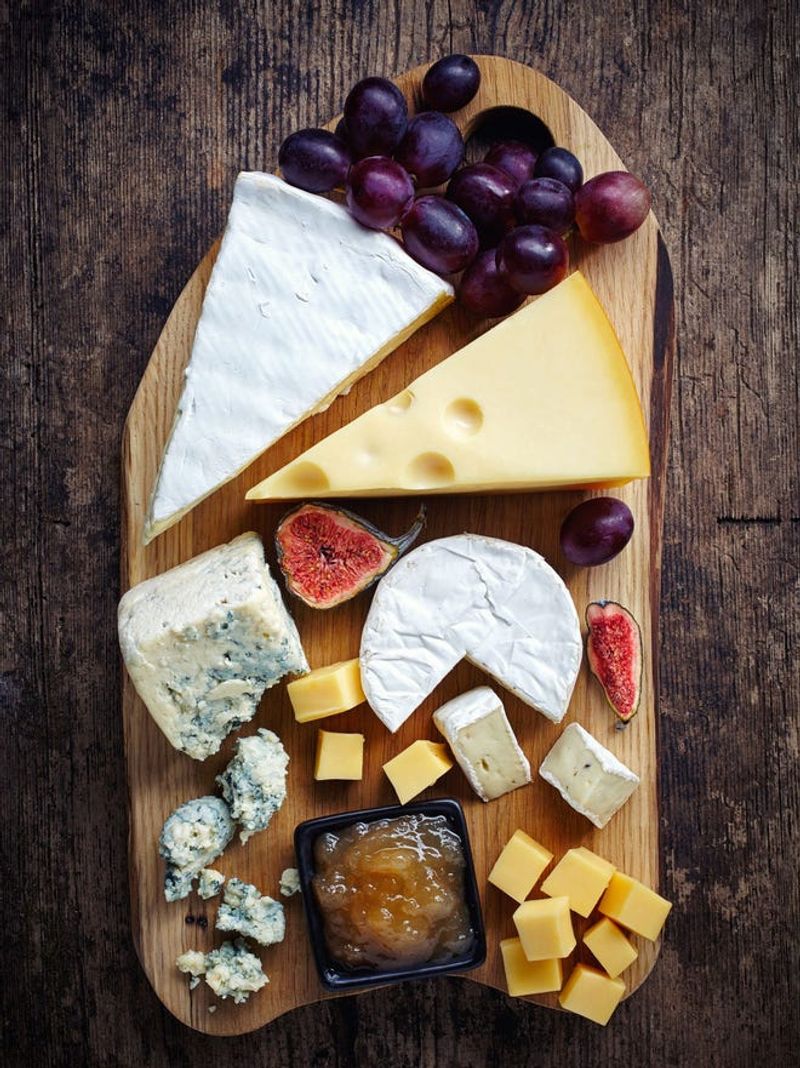
Ever wonder why you can’t stop at just one slice of cheese? Blame casomorphins, compounds formed during digestion that actually attach to the same brain receptors as opiates. These sneaky little proteins create a mild but real feeling of pleasure.
The combination of fat and salt makes cheese a double threat. Your brain gets hooked on the creamy texture while your taste buds dance with the savory flavor. No wonder the average American eats about 40 pounds of cheese yearly!
Cheese boards at parties disappear quickly for good reason – we’re all chasing that next bite of cheddar, brie, or gouda.
2. Cake

Birthday candles may come once a year, but cake cravings strike much more often. The perfect storm of sugar, fat, and refined flour creates an irresistible combination that lights up reward centers in your brain like a pinball machine.
Bakeries understand this science well. That’s why they place cakes at eye level, allowing the colorful frosting and perfect layers to catch your attention. The first bite delivers an immediate sugar rush, while the fat content ensures the flavor lingers, making you crave more.
Even health-conscious people often make exceptions for cake, proving its powerful hold on our taste preferences.
3. Regular Soda

That familiar crack of opening a soda can triggers immediate anticipation. Your brain knows what’s coming – a rush of sweetness followed by the pleasant burn of carbonation. One sip is never enough.
A typical 12-ounce can contains about 10 teaspoons of sugar, hitting your bloodstream within minutes. This sugar flood triggers dopamine release, creating a mini-reward that keeps you reaching for refills. The caffeine in many sodas adds another layer of dependence.
Studies show regular soda drinkers often experience genuine withdrawal symptoms when trying to quit, including headaches and irritability – classic signs of addiction.
4. Cheeseburgers
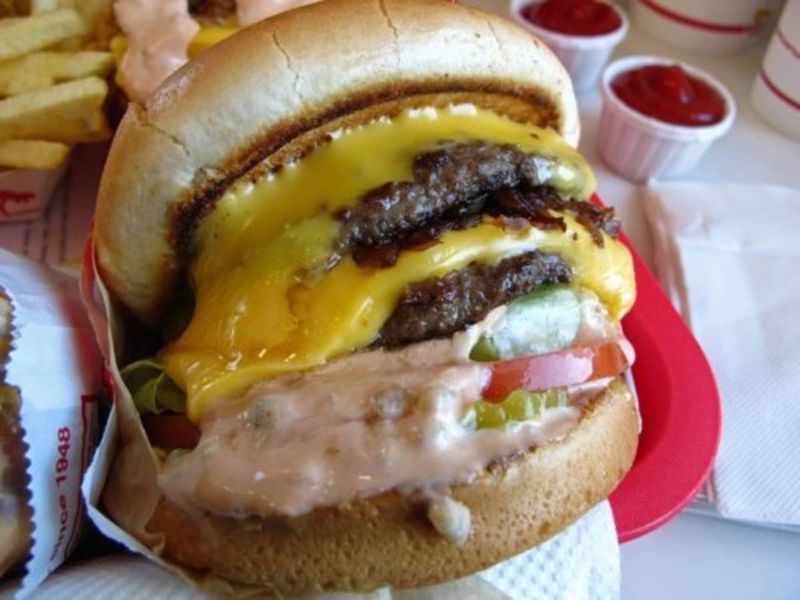
The cheeseburger might be America’s most perfect addiction formula. Juicy meat delivers protein satisfaction while melted cheese adds fatty richness. The soft bun provides quick-digesting carbs, and condiments add the perfect salt-sweet balance.
Fast food chains have spent millions perfecting this combination. They know exactly how many milliseconds the cheese should melt and precisely how many pickle slices create maximum flavor impact. Your first bite triggers a cascade of pleasure signals.
Even the smell of burgers cooking can trigger cravings in people who haven’t eaten one in years, showing how deeply these food memories become encoded.
5. French Fries
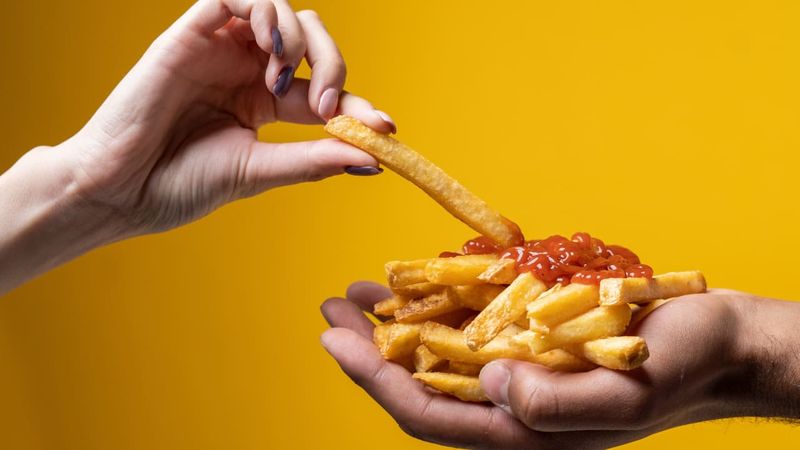
Golden, crispy, and perfectly salted – french fries represent the trifecta of food addiction. The contrast between the crunchy exterior and fluffy interior creates a texture experience that keeps your hand reaching for more. Salt crystals hit your taste buds first, followed by potato flavor and oil.
Food scientists call french fries a “hyperpalatable” food because they overload your sensory systems. Your brain receives so much pleasure input that normal fullness cues get overridden. That’s why the bottom of the fry container always comes as a surprise.
Even cold leftover fries tempt many people, proving just how powerful this particular food addiction can be.
6. Ice Cream

Remember how ice cream trucks could make an entire neighborhood of kids come running? That childhood programming never fully leaves us. The cold temperature of ice cream actually heightens its sweetness perception, creating an intense flavor experience that regular desserts can’t match.
The fat content in premium ice creams coats your mouth, ensuring the flavor lingers long after each spoonful. Many people report eating far beyond fullness with ice cream, sometimes finishing entire pints in one sitting.
Manufacturers know this addiction potential well, which explains why grocery freezers dedicate so much space to endless flavor variations.
7. Cookies
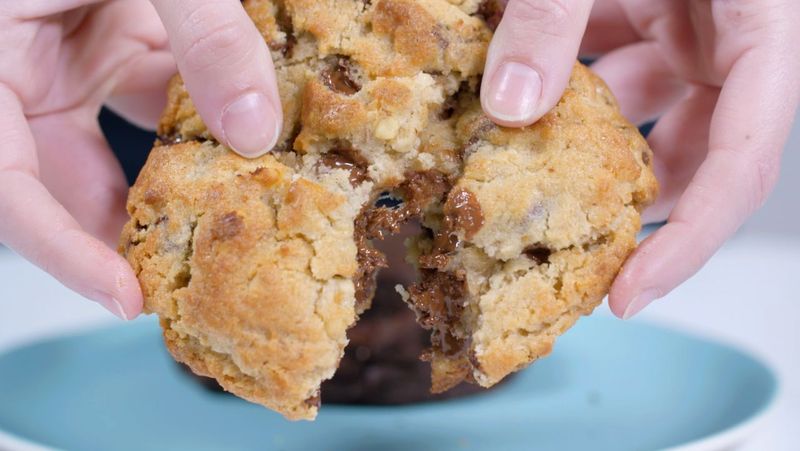
The humble cookie packs remarkable addiction potential into a small package. The butter-sugar combination creates a melt-in-your-mouth quality that few other foods can match. Your brain quickly learns that each cookie delivers a reliable hit of pleasure.
Cookie texture plays a crucial role too. Whether crispy, chewy, or soft, that perfect consistency keeps you coming back. The small size creates what psychologists call “unit bias” – the tendency to complete units of food regardless of hunger levels.
Fresh-baked cookies release aromas that trigger anticipatory pleasure even before the first bite. This powerful sensory experience explains why cookie jars rarely stay full for long.
8. Potato Chips
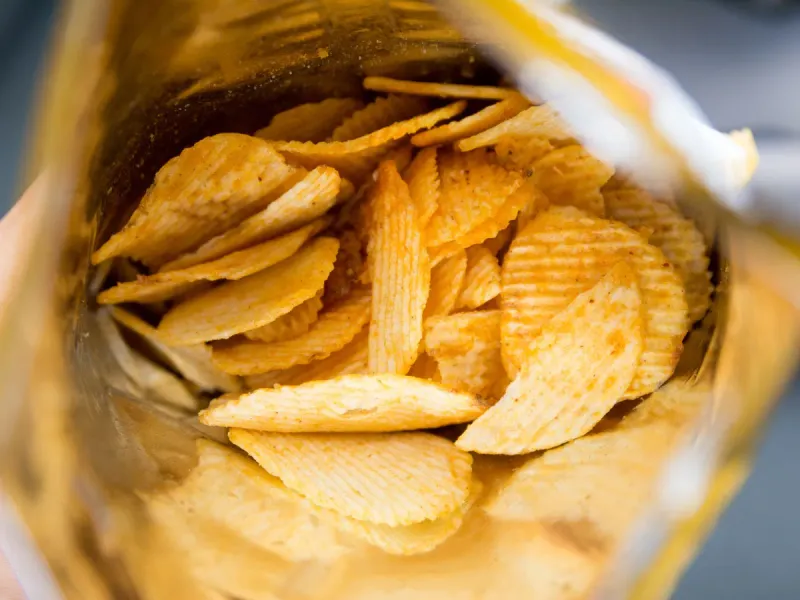
“Betcha can’t eat just one” wasn’t just a clever slogan – it was based on scientific fact. Potato chips deliver a perfect storm of crunch, salt, and fat that keeps your hand moving from bag to mouth almost automatically. Each chip provides only momentary satisfaction, creating a continuous eating loop.
The thin, light nature of chips means you can consume hundreds of calories before feeling full. Your brain registers the intense flavor but doesn’t receive enough physical volume to trigger satiety signals. This creates the famous “bottom-of-the-bag surprise” when you suddenly realize you’ve eaten the entire package.
Even the sound of chips crunching enhances the experience, as studies show noisy foods increase consumption.
9. Chocolate
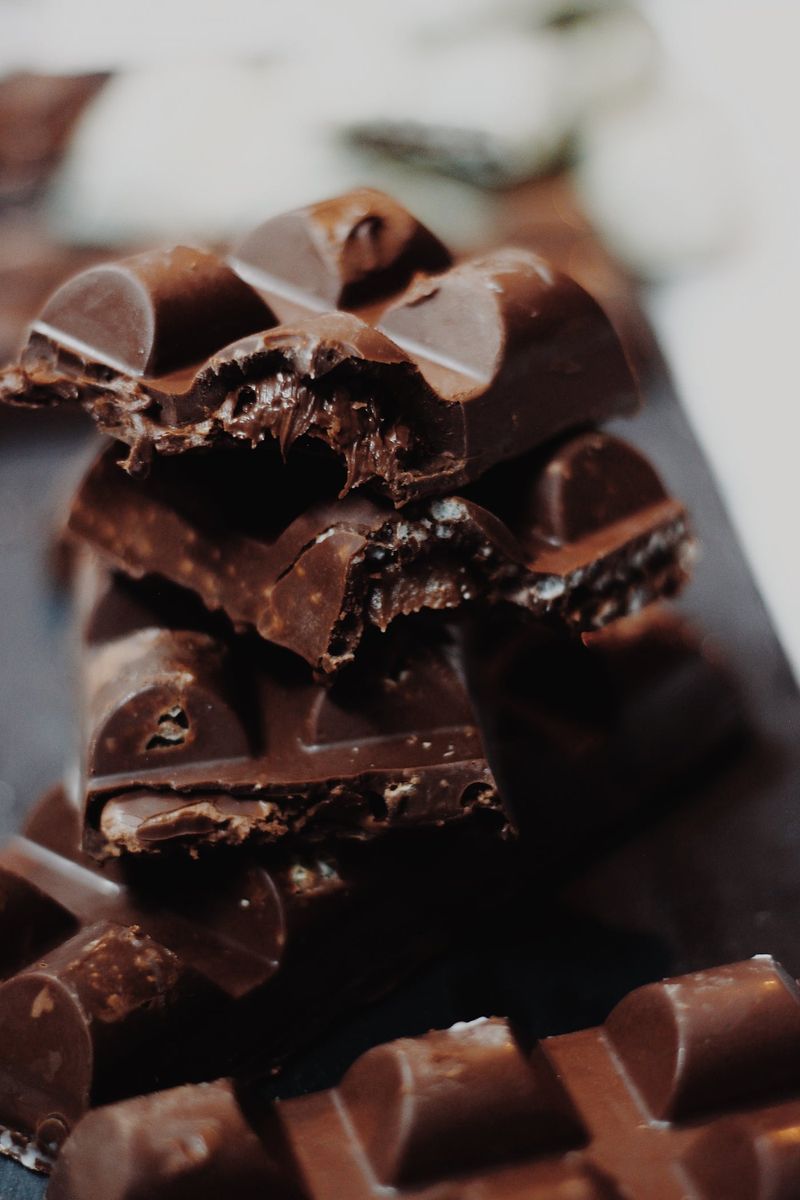
Ancient Aztecs called chocolate the “food of the gods,” and modern brain scans suggest they weren’t far off. Chocolate contains several compounds that affect mood, including phenylethylamine (the same chemical your brain produces when you’re falling in love) and theobromine, a mild stimulant.
The way chocolate melts precisely at body temperature creates a uniquely sensual eating experience. No other food transitions from solid to liquid so perfectly on your tongue. This textural transformation keeps your brain engaged and wanting more.
Dark chocolate lovers often claim their preference is “less addictive,” but research shows the intense flavor can create equally powerful cravings, just with smaller amounts.
10. Pizza
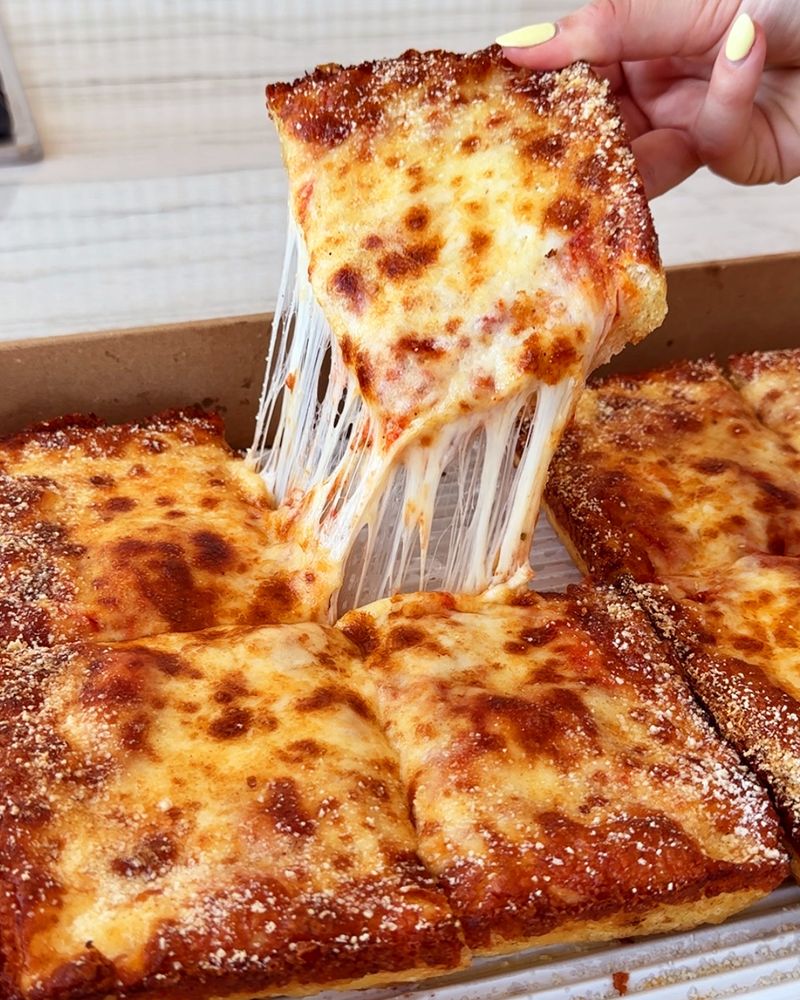
Scientists studying food addiction consistently rank pizza as the most problematic food. One look at its construction explains why: a carbohydrate base topped with fatty cheese, savory sauce, and often processed meats creates multiple layers of pleasure triggers.
The flavor combination activates five basic tastes – salty cheese, sweet sauce, savory toppings, slightly bitter char, and the umami punch from tomatoes. This sensory complexity keeps your brain thoroughly engaged with each bite.
Pizza’s portability and social nature further cement its addictive qualities. From college dorms to office parties, pizza has become America’s most universally craved food, with the average person eating about 46 slices yearly.
1. Cucumber

Refreshing and hydrating, cucumbers are nature’s answer to potato chips – without the addictive qualities. At 95% water content, cucumbers provide satisfying crunch with minimal calories or flavor intensity. Your taste buds register their mild, clean taste without triggering reward pathways.
The lack of fat, sugar, or significant salt makes cucumbers nutritionally valuable but neurologically boring to your brain’s reward system. They don’t cause blood sugar spikes or release dopamine the way processed foods do.
Many people actually find cucumbers more appealing when they’re added to more flavorful dishes, proving that on their own, these green vegetables rarely inspire second helpings.
2. Carrots
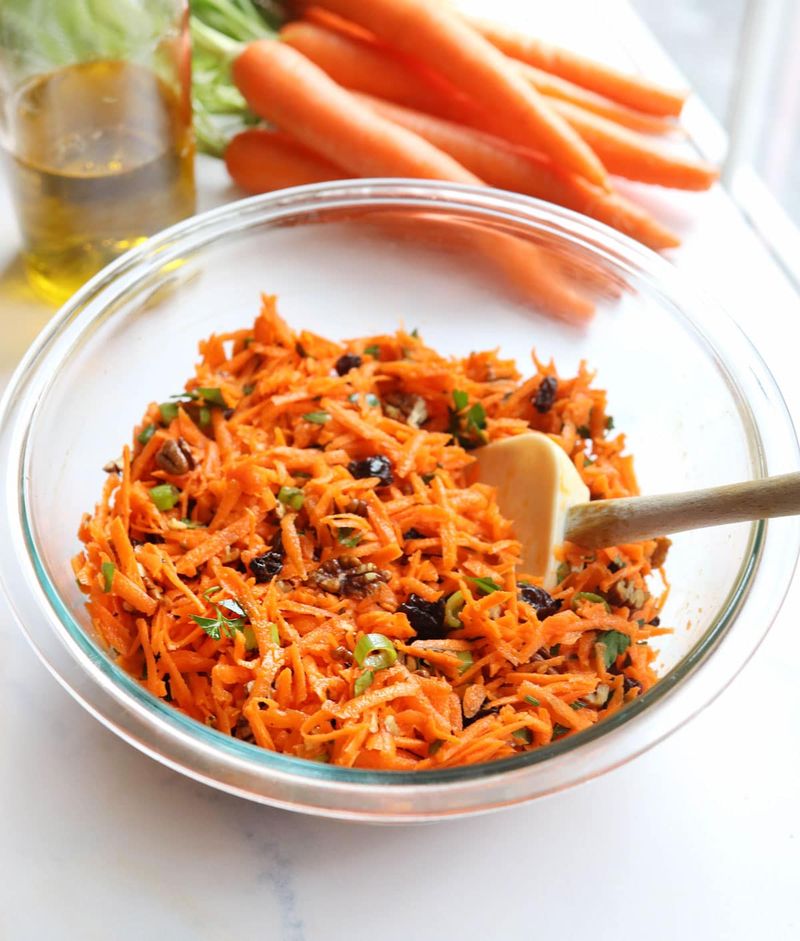
Raw carrots require serious chewing effort, which naturally slows consumption and gives your body time to register fullness. Unlike processed snacks designed for rapid eating, carrots force mindfulness with each crunchy bite.
The natural sweetness comes from complex carbohydrates that digest slowly, avoiding the blood sugar roller coaster that drives cravings. Your brain registers the pleasant taste but doesn’t receive the concentrated sugar hit that triggers the addiction pathway.
The fiber content in carrots creates physical fullness with relatively few calories. This satisfying quality explains why you might enjoy several carrot sticks but rarely feel compelled to eat an entire bag in one sitting.
3. Beans
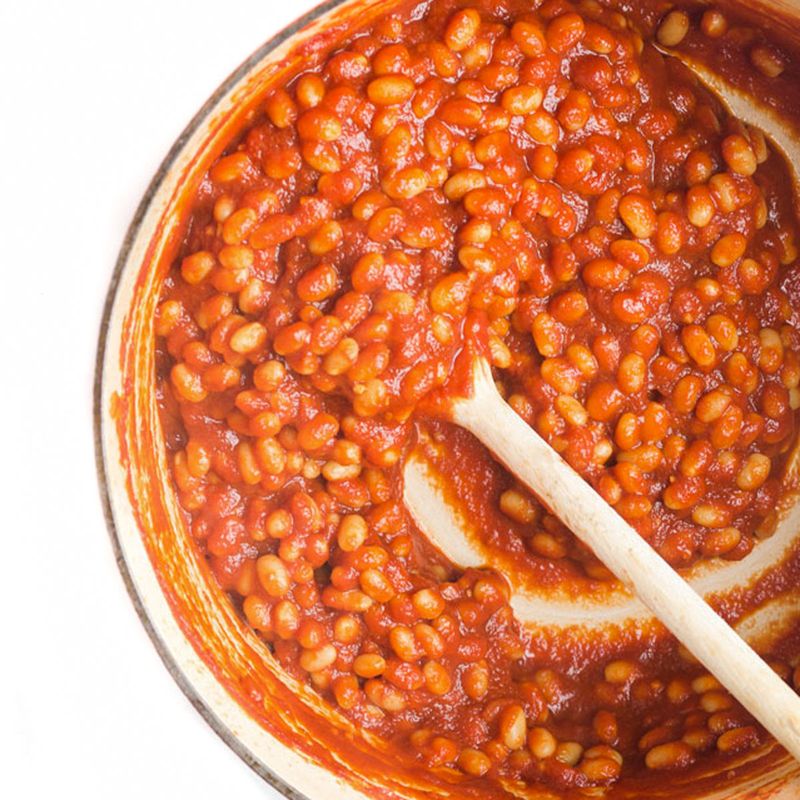
Plain beans might win awards for nutrition, but they’ll never win competitions for addictiveness. Their high protein and fiber combination creates lasting satiety signals that actually help regulate appetite rather than override it.
The complex carbohydrates in beans digest slowly, providing steady energy without blood sugar spikes. Your brain registers satisfaction without the dopamine surge that drives compulsive eating behaviors.
Many cultures build meals around beans precisely because they’re filling without being overwhelming. Unlike foods engineered to override fullness cues, beans work with your body’s natural hunger regulation, making them virtually impossible to binge on.
4. Apples
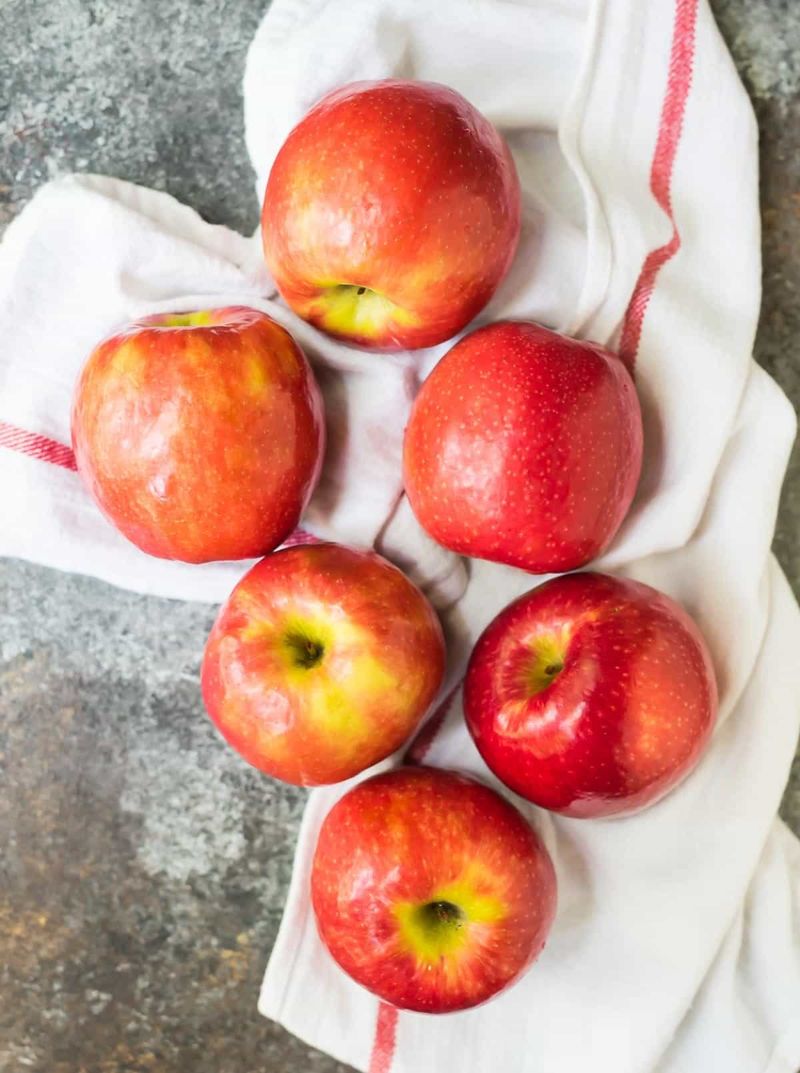
The satisfying crunch of biting into an apple delivers immediate sensory pleasure, but the experience remains balanced. Natural fruit sugars come packaged with fiber that slows digestion and prevents the blood sugar spikes that drive further cravings.
Apples contain pectin, a soluble fiber that expands in your stomach, creating physical fullness with relatively few calories. This natural appetite regulation explains why most people feel satisfied after one apple, unlike processed snacks that encourage continuous eating.
The mild sweetness of apples offers pleasure without overwhelming your taste buds or reward pathways. This balanced approach to flavor makes apples a food you can enjoy without developing an unhealthy relationship.
5. Brown Rice
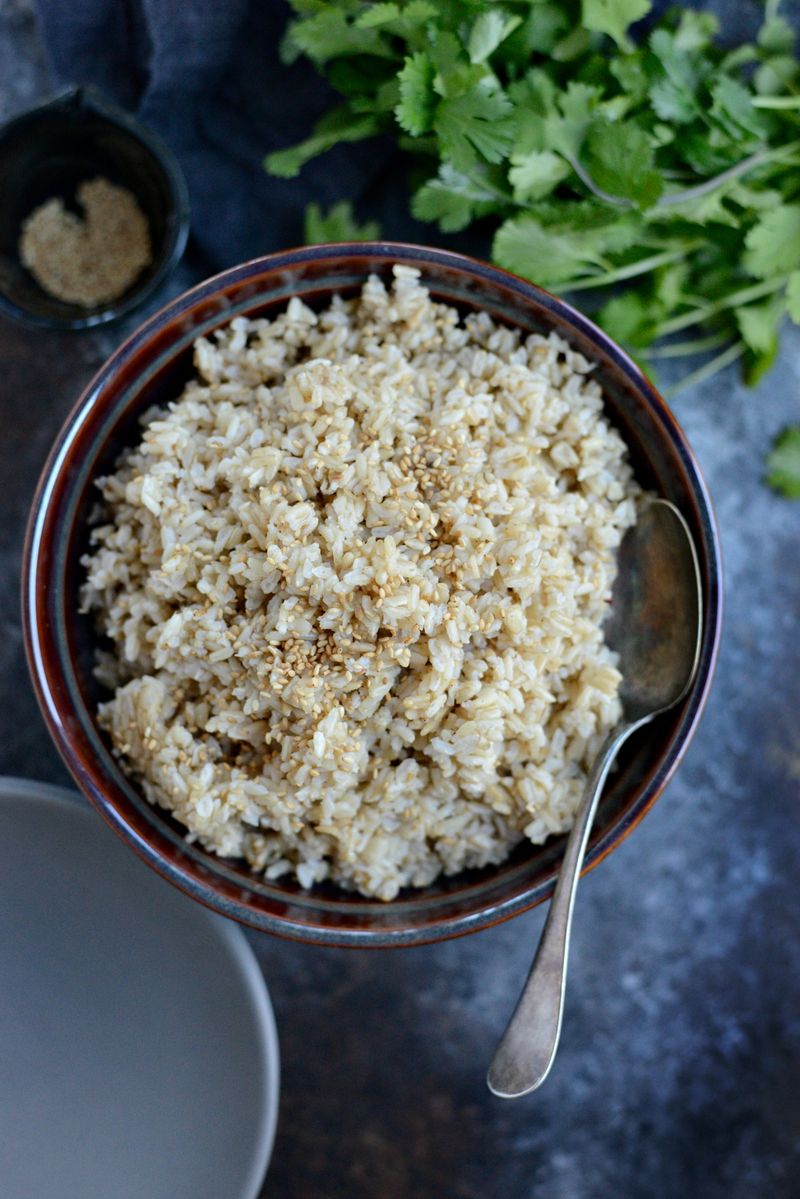
Brown rice delivers complex carbohydrates wrapped in fiber, creating slow-release energy that stabilizes blood sugar rather than spiking it. Your digestive system works gradually through each grain, sending steady satisfaction signals to your brain.
The mild, nutty flavor provides a pleasant eating experience without overwhelming your taste buds or triggering excessive dopamine release. Unlike foods designed to create cravings, plain brown rice satisfies without demanding more.
Many cultures pair brown rice with more flavorful foods precisely because it provides a neutral base. This complementary role in meals means brown rice rarely becomes the focus of food cravings or obsessive thoughts.
6. Broccoli
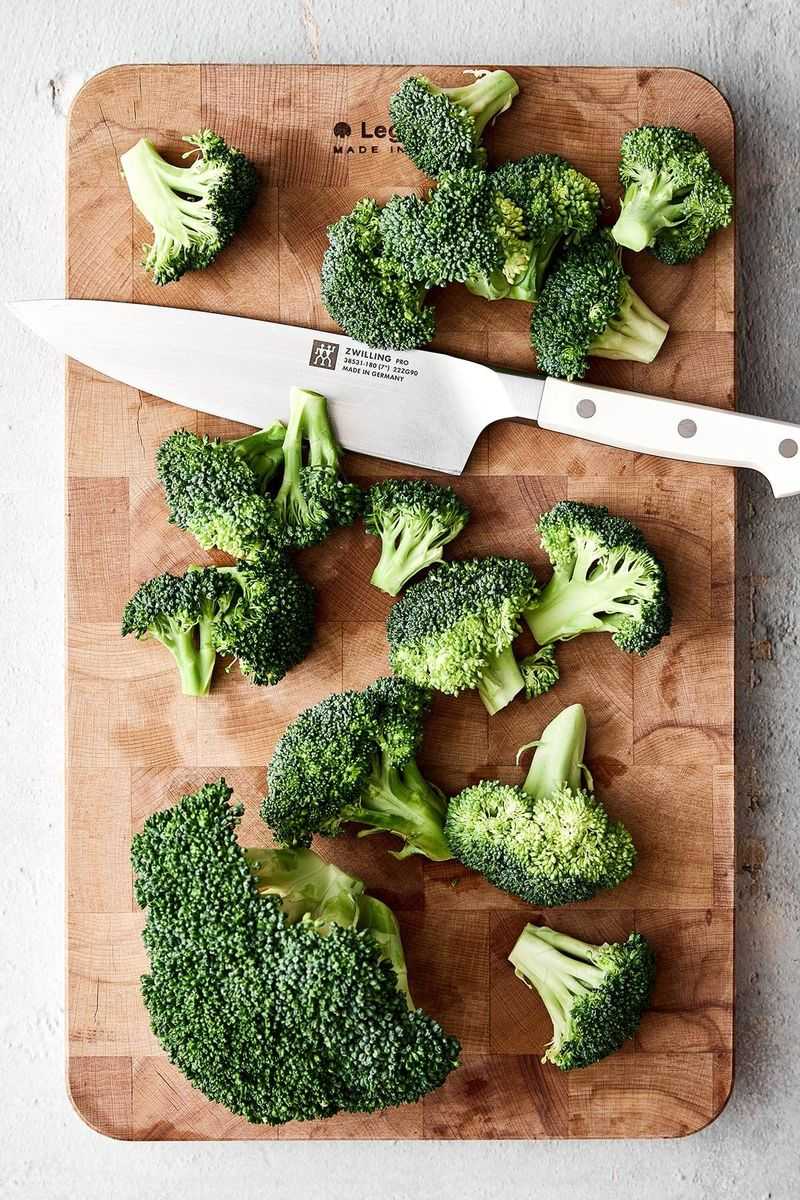
Packed with nutrients but light on flavor intensity, broccoli represents everything that addictive foods are not. Its high fiber content fills your stomach physically while providing minimal calories, creating genuine satisfaction without overconsumption.
The slightly bitter compounds in broccoli actually work against addictive eating patterns. These natural plant chemicals, while healthy, don’t trigger the pleasure pathways that drive compulsive consumption of processed foods.
Most people appreciate broccoli for its health benefits rather than craving it intensely. This rational relationship with food represents the opposite of addiction – you eat it because it’s good for you, not because you can’t stop thinking about it.
7. Bananas
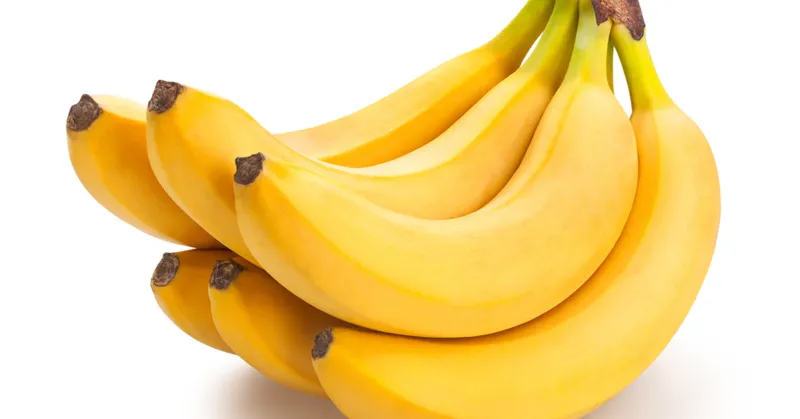
Bananas offer natural sweetness that satisfies without triggering the reward overload that drives addictive eating. Their combination of fiber, potassium, and natural sugars provides energy without the crash-and-crave cycle of processed snacks.
The physical act of peeling a banana creates a natural pause in consumption. Unlike foods designed for mindless munching, bananas require some effort before eating, allowing your brain to register the experience more fully.
Most people feel genuinely satisfied after one banana, showing how whole fruits naturally regulate appetite. The fiber expands in your stomach while the fruit sugars provide enough sweetness to feel treated without overwhelming your reward pathways.
8. Salmon
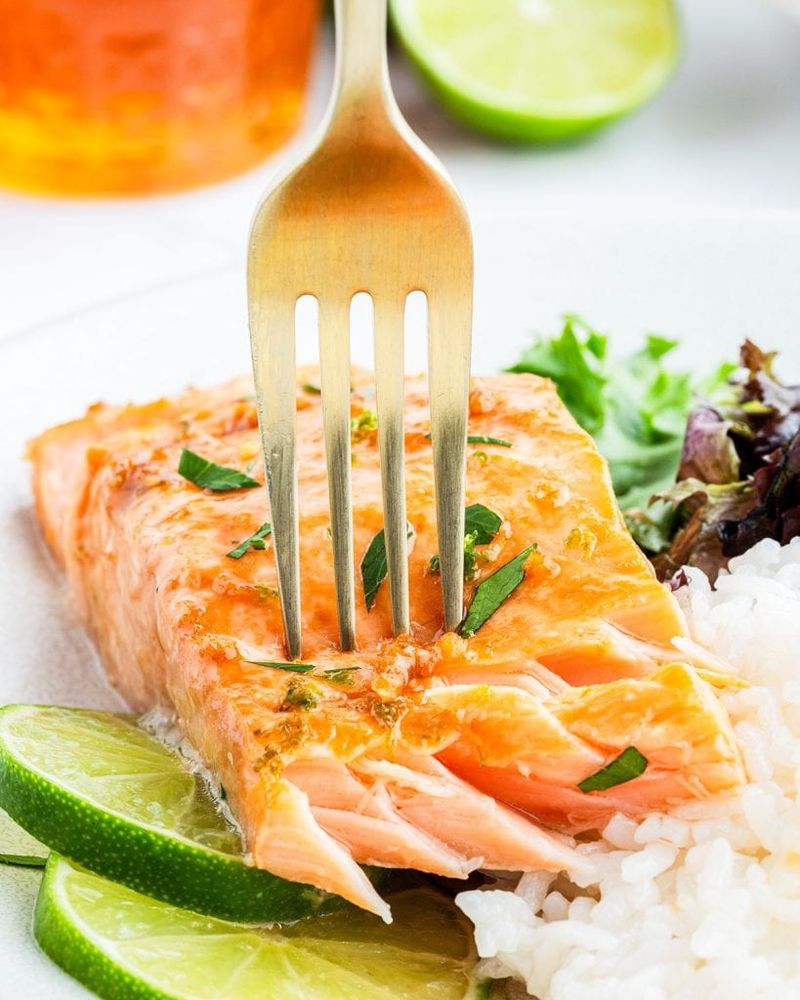
Rich in omega-3 fatty acids and high-quality protein, salmon creates lasting satiety that actually helps regulate appetite. The healthy fats trigger hormones that signal fullness to your brain, creating a natural stopping point in your meal.
Unlike processed foods designed to override satiety cues, salmon works with your body’s hunger regulation. The protein takes longer to digest than carbohydrates, extending the feeling of satisfaction and reducing between-meal cravings.
The distinctive flavor of salmon provides eating pleasure without triggering the dopamine flood associated with addictive foods. This balanced approach to taste allows you to enjoy your meal without developing an unhealthy fixation.
9. Corn
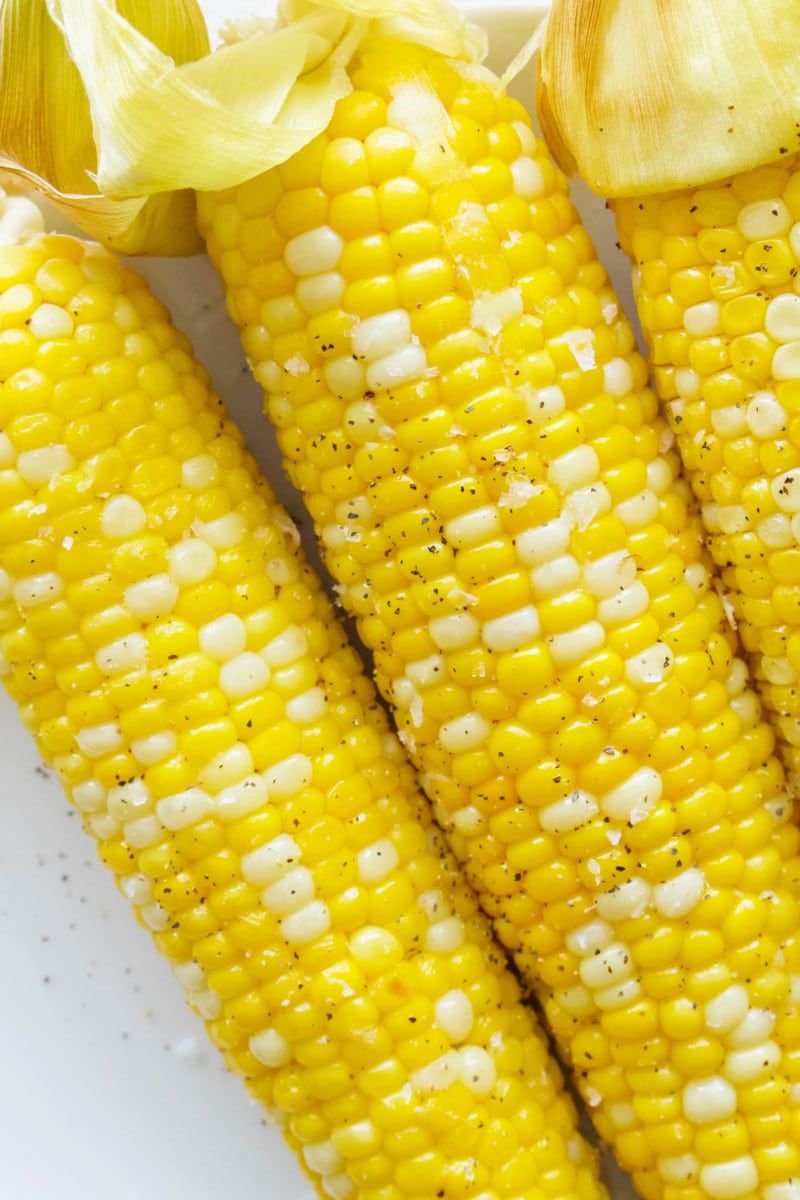
Plain corn offers natural sweetness without the concentrated sugars that drive addictive eating patterns. Each kernel provides a small burst of flavor that registers as pleasant without overwhelming your taste buds or reward pathways.
The fiber content in corn creates physical fullness while slowing digestion, helping stabilize blood sugar rather than causing the spikes and crashes associated with food cravings. Your body processes corn at a steady rate, providing consistent energy.
Corn becomes significantly more tempting when butter and salt enter the picture, showing that its basic form lacks the hyperpalatable qualities of truly addictive foods. This transformation demonstrates how processing and added fats can turn even simple foods into more problematic options.
10. Strawberries
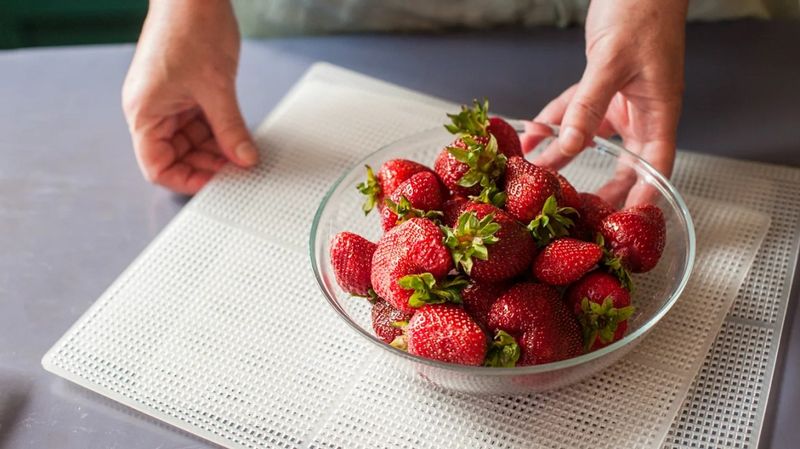
Strawberries deliver natural sweetness in a high-fiber, water-rich package that satisfies without triggering overconsumption. Each berry provides a burst of flavor that registers as a treat without overwhelming your brain’s reward system.
The seeds on strawberries create a textural experience that slows eating and increases mindfulness. Unlike smooth, easy-to-consume processed foods, strawberries require some attention, allowing your brain to register satisfaction more effectively.
The natural sugars in strawberries come bundled with vitamin C and antioxidants, creating a nutritionally complete experience. This wholesome quality helps explain why most people can enjoy strawberries without developing the obsessive relationship that characterizes food addiction.
Leave a comment